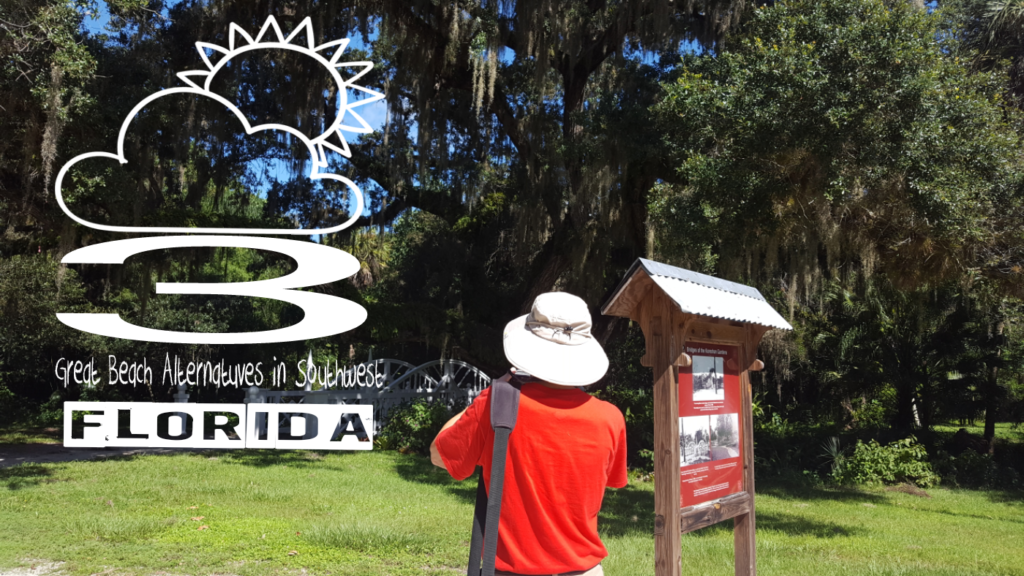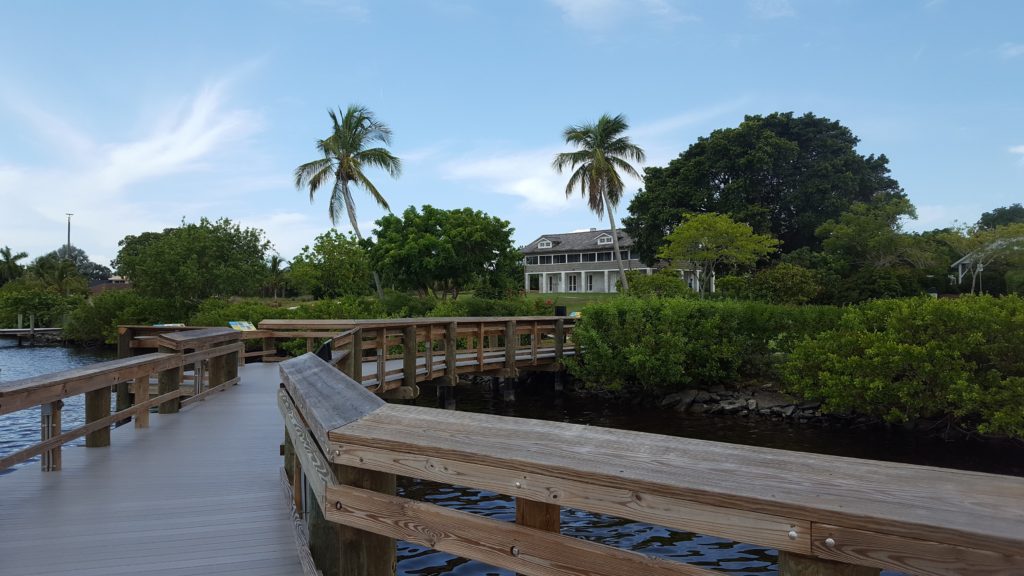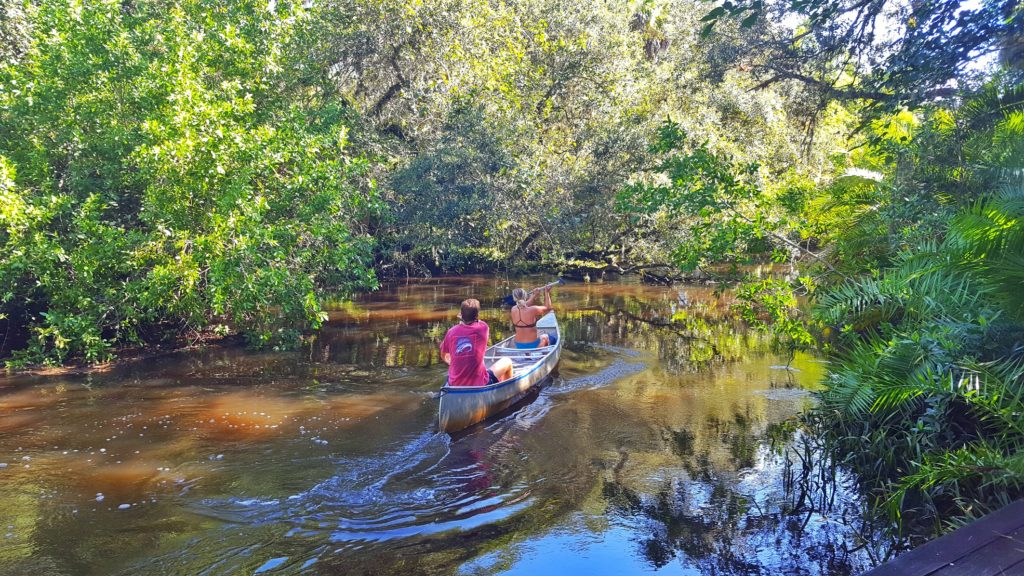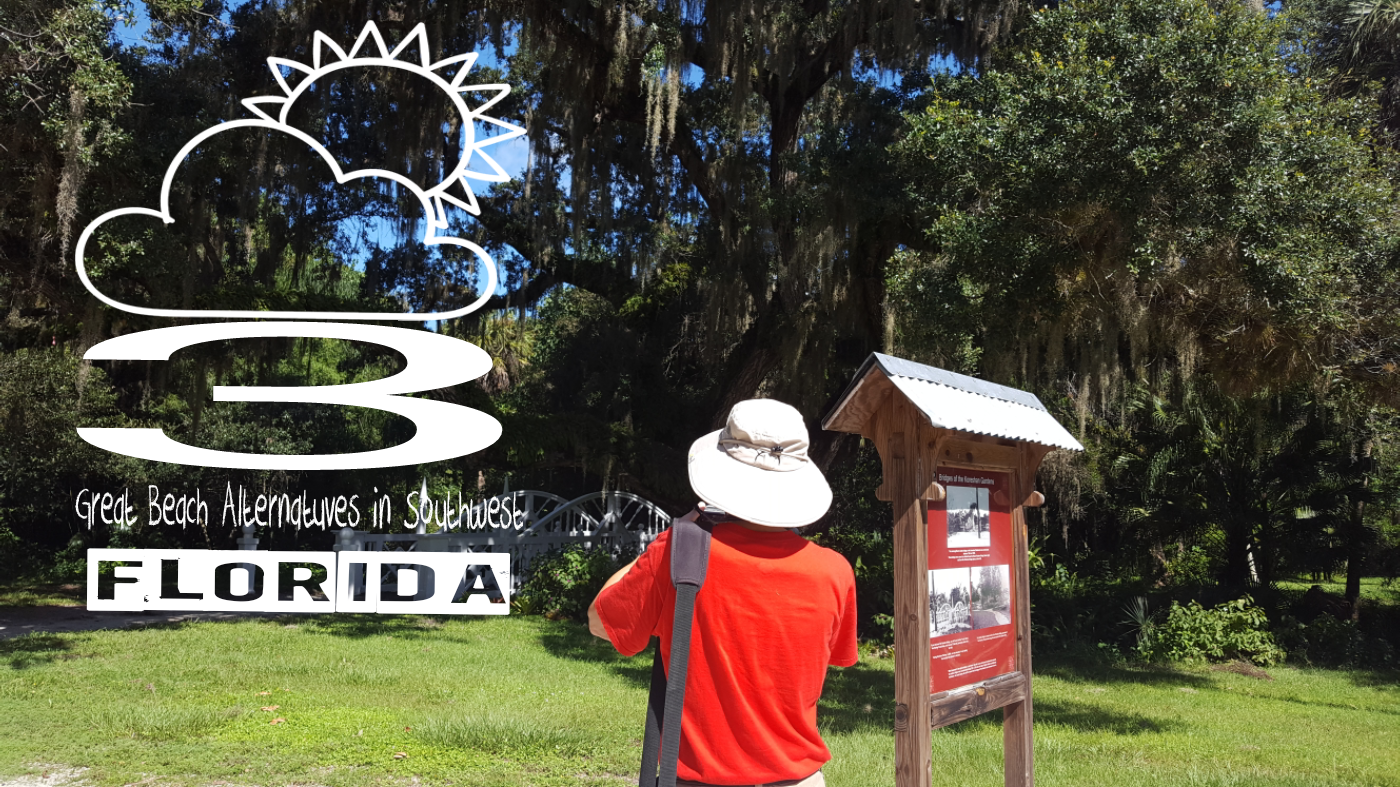Most people travel to Florida for one of two reasons: to visit amusement parks, or to enjoy water-based activities above or below the sea. But other than sunny skies, sand-lined shores and sensational slides, the Sunshine State also satisfies the desire for other types of vacations. Nature lovers, foodies, as well as culture and history buffs can decide NOT to pack their flip-flops or swimsuits and still have loads of fun. The one must-have anywhere in the state, is sunscreen. With average annual temperatures hovering near 85°F (29 °C), no one should leave home without good SPF protection.

Below are three great activities for travelers who are considering spending time in Southwest Florida – away from the beach.
The Mound House

Anyone in need of tangible evidence that Calusa Indians were a huge part of Southwest Florida’s history 2000 years ago, need look no further than The Mound House on Fort Myers Beach. Documented as the first inhabitants of the Barrier Islands, the Calusa lived in fishing villages and their diet mostly consisted of shellfish and vegetables. They later used the shells to manufacture tools and build mounds that raised their sleeping abodes above sea level.

The Mound House is both an archaeological and historical site. The main entrance recreates the living room of previous owner, the Case family. Antique furnishings that match the period were arranged using old photographs as a guide.

Underneath the imposing main building, visitors get to see a section of the shell embankment while they listen to the story of its excavation. Pertinent facts are interspersed with a multi-layered, horizontal light display that shows the sections in the mound that relate to the finds being discussed. If you have kids, they will love the huge, colorful mural that dominates the left side of the room. It depicts the communal-style living of the Calusa and many of the artifacts discovered at the site are illustrated in various scenes. Upstairs rooms showcase Calusa Indian artifacts, a few interactive exhibits, and belongings from owners over the years.
The grounds are landscaped with different species of plants and trees, most of which are native to Florida.
The museum is open to the public on Tuesdays, Wednesdays and Saturdays from 9a.m. to 4p.m.
Koreshan State Park
Located just off US Highway 41 on Corkscrew Road, this former religious settlement is a sprawling preserve along the Estero River featuring beautifully manicured lawns, meandering streams, exotic plant life of all shapes and sizes, and historic buildings. Guests also have access to picnic sites and camp grounds.

A free walking tour is offered at 10 a.m. on weekends. Visitors can learn about the utopian community led by Dr. Cyrus R. Teed in the late 1800s up to his death in 1908. Teed had more than 200 followers, mostly women, relocate with him from New York after he took on the name “Koresh” which is the Hebrew word for means shepherd.

To earn their livelihood they ran a bakery, sawmill, general store, printing facility and hotel at various times throughout their history. However, there are no living descendants today. The group’s vow of celibacy ultimately affected the community’s growth.

The park is open from 8a.m. until sunset, 365 days per year. Self-guided tour booklets are available at the entrance.
Edison and Ford Winter Estates
This 20-acre property – the imposing winter homes of the famed inventor Thomas Edison and his friend, car manufacturer, Henry Ford – spreads across both sides of a palm-tree lined section of McGregor Boulevard in Fort Myers.

The place attracts visitors in the thousands each year, a testament to the world’s ongoing curiosity to find out what environment could have contributed to the men’s incredible successes in science and car manufacturing. There must be a special muse in the air that engenders creativity, right? Be sure to visit to see for yourself.


The location is set amidst tropical gardens, and on the land-locked side of the street, it houses Edison’s Botanic Research Lab as well as the Estates’ Museum in which significant artifacts and inventions are displayed. The restored homes of both men are viewable on the side that borders the Caloosahatchee River, and on Henry Ford’s side of the compound, car enthusiasts can also see a collection of his classic automobiles.
The attraction is open daily from 9a.m. – 5:30p.m. Visitors have the option to take either guided, self-guided tours or audio tours.

